Performance Evaluation of Radiation-Shielding Materials and Process Technology for Manufacturing Skin Protection Cream
Abstract
:1. Introduction
2. Materials and Methods
3. Results
4. Discussion
5. Conclusions
Funding
Institutional Review Board Statement
Informed Consent Statement
Data Availability Statement
Conflicts of Interest
References
- Andreo, P. Monte Carlo techniques in medical radiation physics. Phys. Med. Biol. 1991, 36, 861. [Google Scholar] [CrossRef]
- Lewis, S.J.; Gandomkar, Z.; Brennan, P.C. Artificial Intelligence in medical imaging practice: Looking to the future. J. Med. Radiat. Sci. 2019, 66, 292–295. [Google Scholar] [CrossRef] [Green Version]
- Bessonneau, V.; Mosqueron, L.; Berrubé, A.; Mukensturm, G.; Buffet-Bataillon, S.; Gangneux, J.P.; Thomas, O. VOC contamination in hospital, from stationary sampling of a large panel of compounds, in view of healthcare workers and patients exposure assessment. PLoS ONE 2013, 8, e55535. [Google Scholar] [CrossRef]
- Malik, H.; Naeem, A.; Naqvi, R.A.; Loh, W.K. DMFL_Net: A Federated Learning-Based Framework for the Classification of COVID-19 from Multiple Chest Diseases Using X-rays. Sensors 2023, 23, 743. [Google Scholar] [CrossRef]
- Singh, V.K.; Seed, T.M. Development of gamma-tocotrienol as a radiation medical countermeasure for the acute radiation syndrome: Current status and future perspectives. Expert Opin. Investig. Drugs 2023, 32, 25–35. [Google Scholar] [CrossRef]
- Shuryak, I.; Nemzow, L.; Bacon, B.A.; Taveras, M.; Wu, X.; Deoli, N.; Ponnaiya, B.; Garty, G.; Brenner, D.J.; Turner, H.C. Machine learning approach for quantitative biodosimetry of partial-body or total-body radiation exposures by combining radiation-responsive biomarkers. Sci. Rep. 2023, 13, 949. [Google Scholar] [CrossRef]
- Ito, R.; Kondo, Y.; Nakano, M.; Kajiyama, T.; Kobayashi, Y. Cardiac Resynchronization Therapy Device Implantation Using Suspended Personal Radiation Protection System: Examination of Radiation Protection Effectiveness by Dosimetry at 51 Exposure Sites. Heart Rhythm O2 2023. [Google Scholar] [CrossRef]
- Pasha, A.; Abd El-Rehim, A.F.; Ali, A.M.; Srinivasamurthy, K.M.; Manjunatha, S.O.; Wang, S. High performance EMI shielding applications of Co0.5Ni0.5CexSmyFe2−x−yO4 nanocomposite thin films. Ceram. Int. 2023, 49, 2224–2235. [Google Scholar] [CrossRef]
- Cahill, T.; da Silveira, W.A.; Renaud, L.; Wang, H.; Williamson, T.; Chung, D.; Chan, S.; Overton, I.; Hardiman, G. Investigating the effects of chronic low-dose radiation exposure in the liver of a hypothermic zebrafish model. Sci. Rep. 2023, 13, 918. [Google Scholar] [CrossRef]
- Abo-Dahab, S.M.; Mohamed, R.A.; Abd-Alla, A.M.; Soliman, M.S. Double-diffusive peristaltic MHD Sisko nanofluid flow through a porous medium in presence of non-linear thermal radiation, heat generation/absorption, and Joule heating. Sci. Rep. 2023, 13, 1432. [Google Scholar] [CrossRef]
- Marengo, M.; Rubow, S. The relative contribution of photons and positrons to skin dose in the handling of PET radiopharmaceuticals. Appl. Radiat. Isot. 2023, 194, 110705. [Google Scholar] [CrossRef] [PubMed]
- Abdelgawad, K.R.M.; Ahmed, G.S.M.; Farag, A.T.M.; Bendary, A.A.; Salem, S.M.; Tartor, B.A.; Bashter, I.I. Structure and gamma-ray attenuation capabilities for eco-friendly transparent glass system prepared from rice straw ash. Prog. Nucl. Energy 2023, 158, 104586. [Google Scholar] [CrossRef]
- Kobayashi, S.; Oka, N.; Watanabe, K.; Ohmori, K.; Inoue, M.; Iguchi, K. Development of simplified process for KrF excimer halftone mask with chrome-shielding method. In Proceedings of the 19th Annual Symposium on Photomask Technology, Monterey, CA, USA, 30 December 1999. [Google Scholar]
- Huang, M.; Hasan, M.K.; Pillai, S.D.; Pharr, M.; Staack, D. Electron beam technology for Re-processing of personal protective equipment. Radiat. Phys. Chem. 2023, 202, 110557. [Google Scholar] [CrossRef] [PubMed]
- Arvaneh, A.; Asadi, A.; Hosseini, S.A. Sensitivity analysis of gamma-ray shielding characteristics to the TiO2 concentration in the Bi2O3–ZnO–Pb3O4–Al2O3 glass sample based on the Monte Carlo method. Prog. Nucl. Energy 2023, 156, 104539. [Google Scholar] [CrossRef]
- Cantlon, M.B.; Ilyas, A.M. Assessment of radiation protection in hand-shielding products with mini c-arm fluoroscopy. Hand 2021, 16, 505–510. [Google Scholar] [CrossRef]
- Jia, X.; Zhou, Y.; Zheng, J.; Li, Y.; Zou, H.; Xie, R. Cerium doped barium tantalates: Fabrication, characterization, and investigation of gamma radiation attenuation. J. Alloys Compd. 2016, 688, 679–684. [Google Scholar] [CrossRef]
- Khan, M.G.M.; Wang, Y. Advances in the current understanding of how low-dose radiation affects the cell cycle. Cells 2022, 11, 356. [Google Scholar] [CrossRef]
- Bhalke, R.D.; Kulkarni, S.S.; Kendre, P.N.; Pande, V.V.; Giri, M.A. A facile approach to fabrication and characterization of novel herbal microemulsion-based UV shielding cream. Future J. Pharm. Sci. 2020, 6, 76. [Google Scholar]
- Filié Haddad, M.; Coelho Goiato, M.; Micheline dos Santos, D.; Moreno, A.; Filipe D’almeida, N.; Alves Pesqueira, A. Color stability of maxillofacial silicone with nanoparticle pigment and opacifier submitted to disinfection and artificial aging. J. Biomed. Optics 2011, 16, 095004. [Google Scholar] [CrossRef]
- Khushnood, R.A.; Ahmad, S.; Savi, P.; Tulliani, J.M.; Giorcelli, M.; Ferro, G.A. Improvement in electromagnetic interference shielding effectiveness of cement composites using carbonaceous nano/micro inerts. Constr. Build. Mater. 2015, 85, 208–216. [Google Scholar] [CrossRef]
- Shen, X.H.; Zhang, X.; Liu, J.; Zhao, S.F.; Yuan, G.P. Analysis of the enhanced negative correlation between electron density and electron temperature related to earthquakes. Ann. Geophys. 2015, 33, 471–479. [Google Scholar] [CrossRef] [Green Version]
- Mahmoud, K.A.; Tashlykov, O.L.; Wakil, A.E.; Zakaly, H.M.; Aassy, I.E. Investigation of radiation shielding properties for some building materials reinforced by basalt powder. AIP Conf. Proc. 2023, 2174, 020036. [Google Scholar] [CrossRef]
- Monzen, H.; Tamura, M.; Kijima, K.; Otsuka, M.; Matsumoto, K.; Wakabayashi, K.; Choi, M.G.; Yoon, D.K.; Doi, H.; Akiyama, H.; et al. Estimation of radiation shielding ability in electron therapy and brachytherapy with real time variable shape tungsten rubber. Phys. Med. 2019, 66, 29–35. [Google Scholar] [CrossRef] [PubMed]
- Özkalayc, F.; Kaçal, M.R.; Agar, O.; Ploat, H.; Sharma, A.; Akman, F. Lead(II) chloride effects on nuclear shielding capabilities of polymer composites. J. Phys. Chem. Solids 2020, 145, 109543. [Google Scholar] [CrossRef]
- Seco, J.; Clasie, B.; Partridge, M. Review on the characteristics of radiation detectors for dosimetry and imaging. Phys. Med. Biol. 2014, 59, R303. [Google Scholar] [CrossRef] [Green Version]
- Mostafa, A.M.A.; Issa, S.A.M.; Sayyed, M.I. Gamma ray shielding properties of PbO-B2O3-P2O5 doped with WO3. J. Alloys Compd. 2017, 708, 294–300. [Google Scholar] [CrossRef]
- Mehra, A.; Deakin, D.E.; Khan, A.; Sheehan, T.M.T.; Nightingale, P.; Deshmukh, S.C. Lead contamination of surgical gloves by contact with a lead hand. Int. Sch. Res. Notices 2011, 2011, 946370. [Google Scholar] [CrossRef] [Green Version]
- Cardarelli, J.J.; Ulsh, B.A. It is time to move beyond the linear no-threshold theory for low-dose radiation protection. Dose-Response Relat. 2018, 16, 1559325818779651. [Google Scholar] [CrossRef] [Green Version]
- Kayan, M.; Yaşar, S.; Saygın, M.; Yılmaz, Ö.; Aktaş, A.R.; Kayan, F.; Türker, Y.; Çetinkaya, G. Investigation of X-ray permeability of surgical gloves coated with different contrast agents. Anatol. J. Cardiol. 2016, 16, 424. [Google Scholar] [CrossRef]
- Xia, S.; Wei, C.; Tang, J.; Yan, J. Tensile stress-gated electromagnetic interference shielding fabrics with real-time adjustable shielding efficiency. ACS Sustain. Chem. Eng. 2021, 9, 13999–14005. [Google Scholar] [CrossRef]
- Schuemann, J.; Bagley, A.F.; Berbeco, R.; Bromma, K.; Butterworth, K.T.; Byrne, H.L.; Chithrani, B.D.; Cho, S.H.; Cook, J.R.; Favaudon, V.; et al. Roadmap for metal nanoparticles in radiation therapy: Current status, translational challenges, and future directions. Phys. Med. Biol. 2020, 65, 21RM02. [Google Scholar] [CrossRef]
- McCaffrey, J.P.; Shen, H.; Downton, B.; Mainegra-Hing, E. Radiation attenuation by lead and nonlead materials used in radiation shielding garments. Med. Phys. 2007, 34, 530–537. [Google Scholar] [CrossRef] [PubMed] [Green Version]
- Patel, B.; Kachhwaha, S.S.; Modi, B. Thermodynamic modelling and parametric study of a two stage compression-absorption refrigeration system for ice cream hardening plant. Energy Procedia 2017, 109, 190–202. [Google Scholar] [CrossRef]
- Hashimov, R.F.; Mikailzade, F.A.; Trukhanov, S.V.; Lyadov, N.M.; Vakhitov, I.R.; Trukhanov, A.V.; Mirzayev, M.N. Structure and thermal analysis of Ba0.5La0.5MnO3 polycrystalline powder. Int. J. Mod. Phys. B 2019, 33, 1950244. [Google Scholar] [CrossRef]
- González, M.; Pozuelo, J.; Baselga, J. Electromagnetic shielding materials in GHz range. Chem. Rec. 2018, 18, 1000–1009. [Google Scholar] [CrossRef]
- Srivastava, S.K.; Manna, K. Recent Advancements in Electromagnetic Interference Shielding Performance of Nanostructured Materials and their Nanocomposites: A Review. J. Mater. Chem. A 2022, 10, 7431–7496. [Google Scholar] [CrossRef]
- AbuAlRoos, N.J.; Amin, N.A.B.; Zainon, R. Conventional and new lead-free radiation shielding materials for radiation protection in nuclear medicine: A review. Radiat. Phys. Chem. 2019, 165, 108439. [Google Scholar] [CrossRef]
- Perrenoud, D.; Gallezot, D.; Van Melle, G. The efficacy of a protective cream in a real-world apprentice hairdresser environment. Contact Derm. 2001, 45, 134–138. [Google Scholar] [CrossRef]
- De Paepe, K.; Derde, M.P.; Roseeuw, D.; Rogiers, V. Claim substantiation and efficiency of hydrating body lotions and protective creams. Contact Derm. 2000, 42, 227–234. [Google Scholar] [CrossRef]
- Wigger-Albert, W.; Rougier, A.; Richard, A.; Elsner, P. Efficacy of protective creams in a modified repeated irritation test: Methodological aspects. Acta Derm. Venereol. 1998, 78, 270–273. [Google Scholar] [CrossRef]

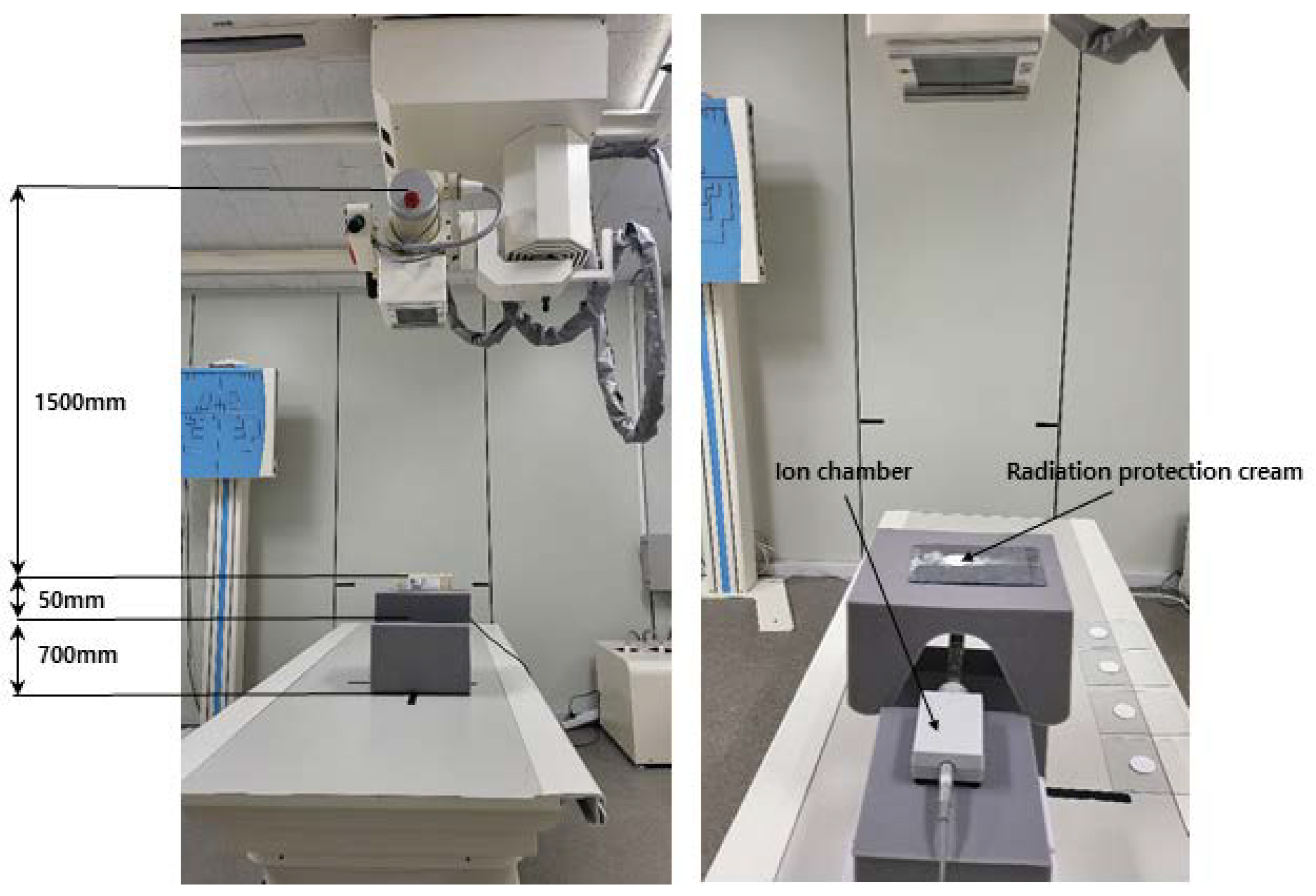
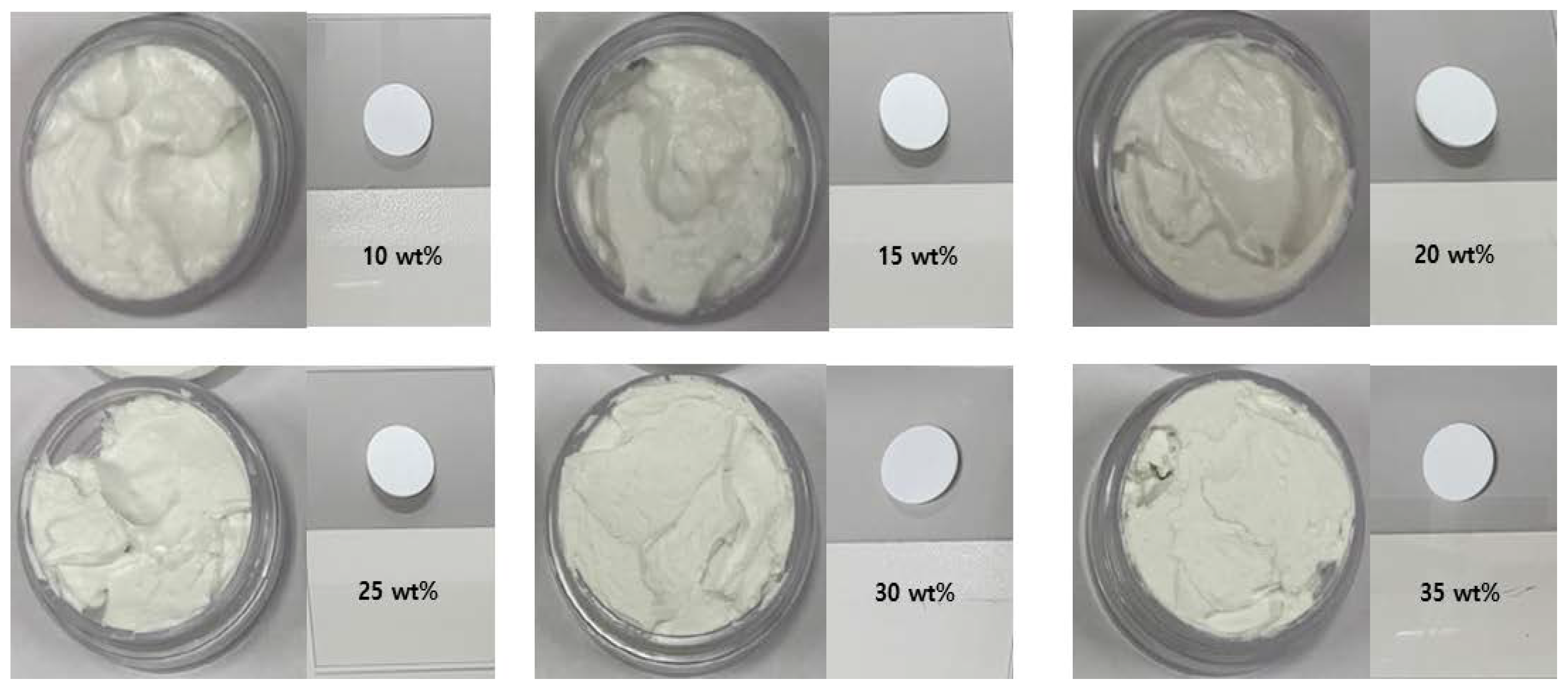
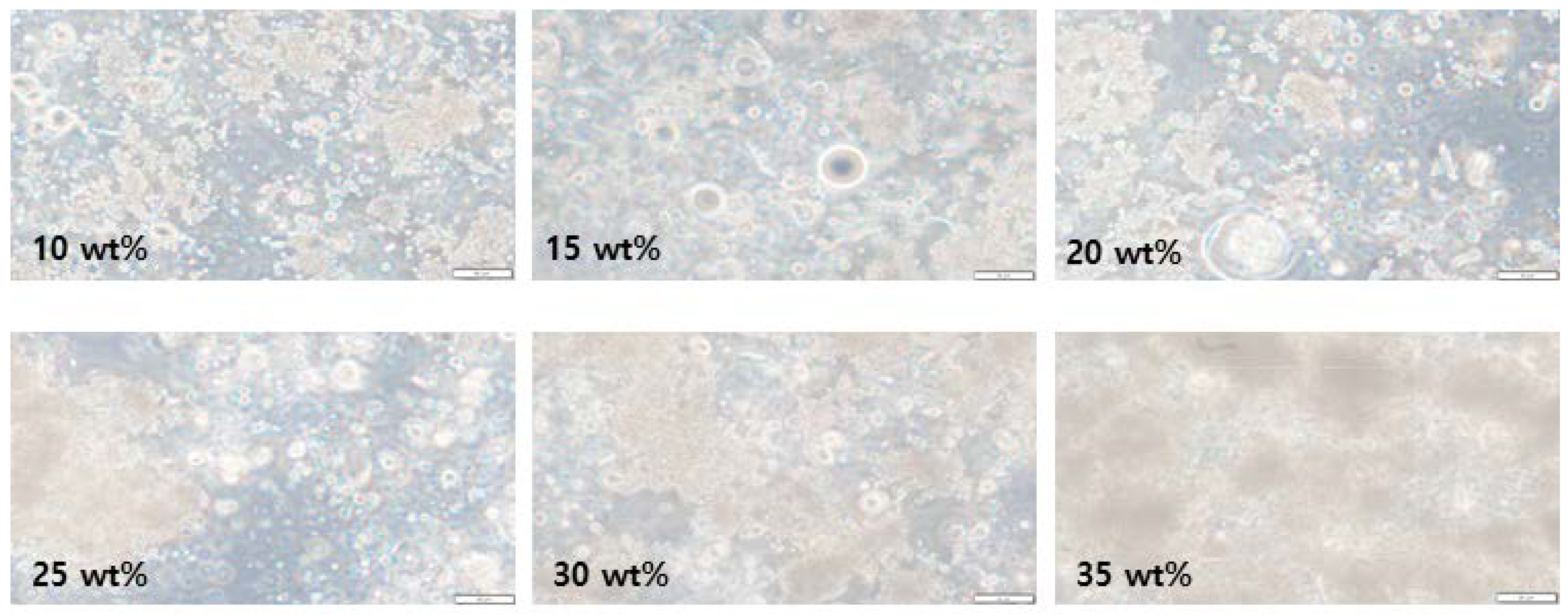
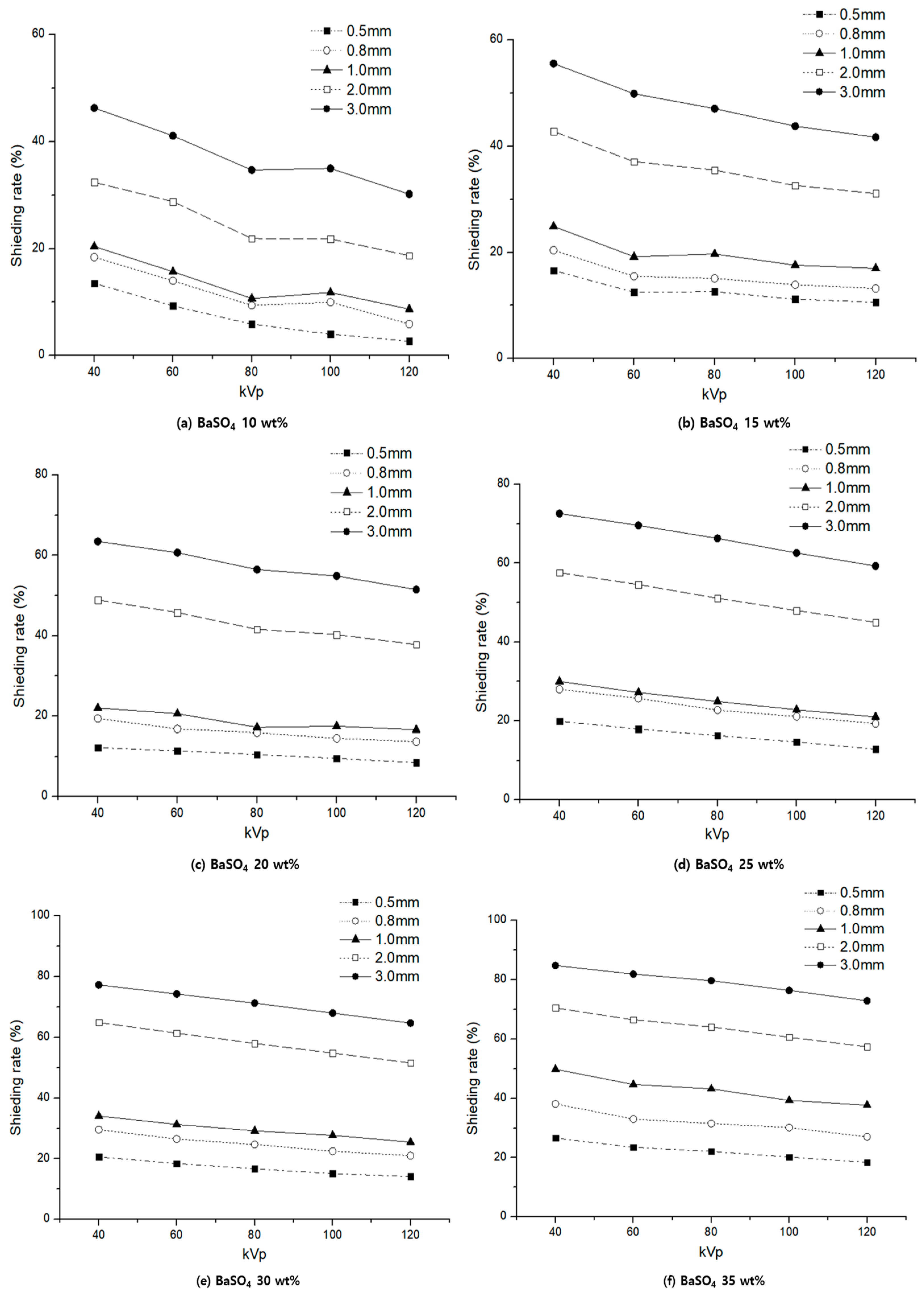
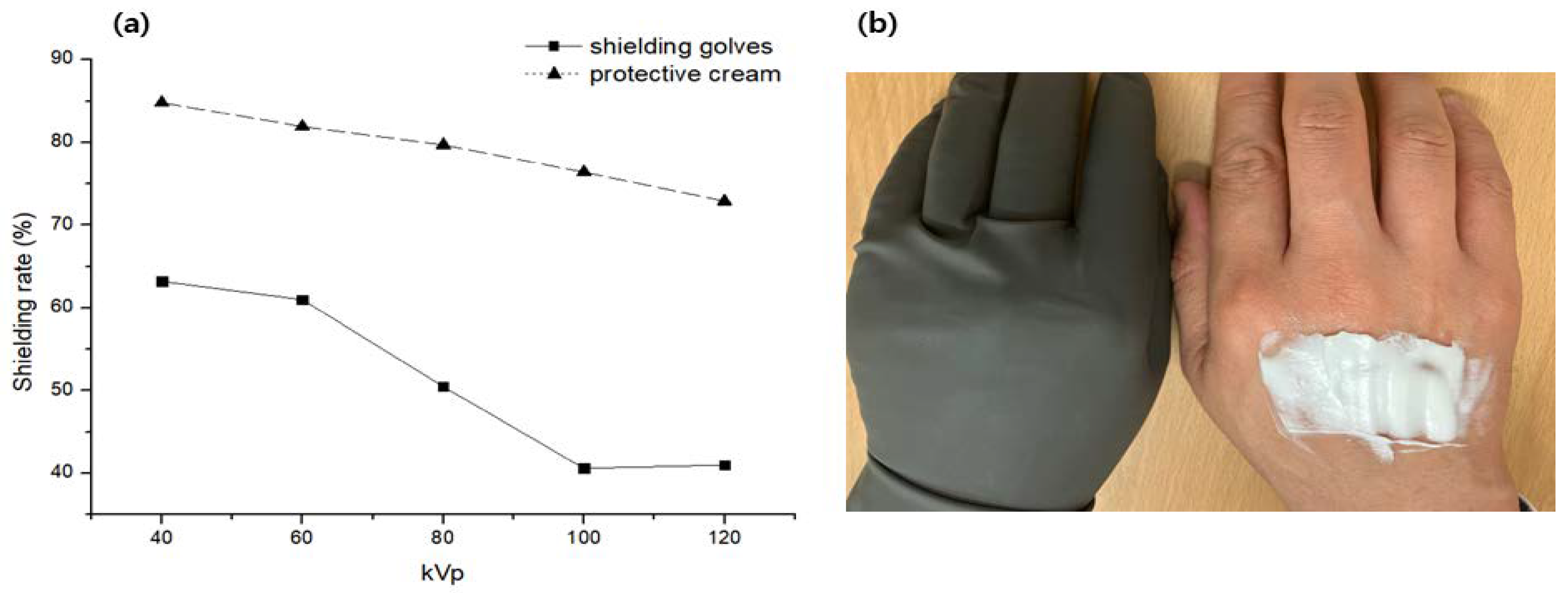

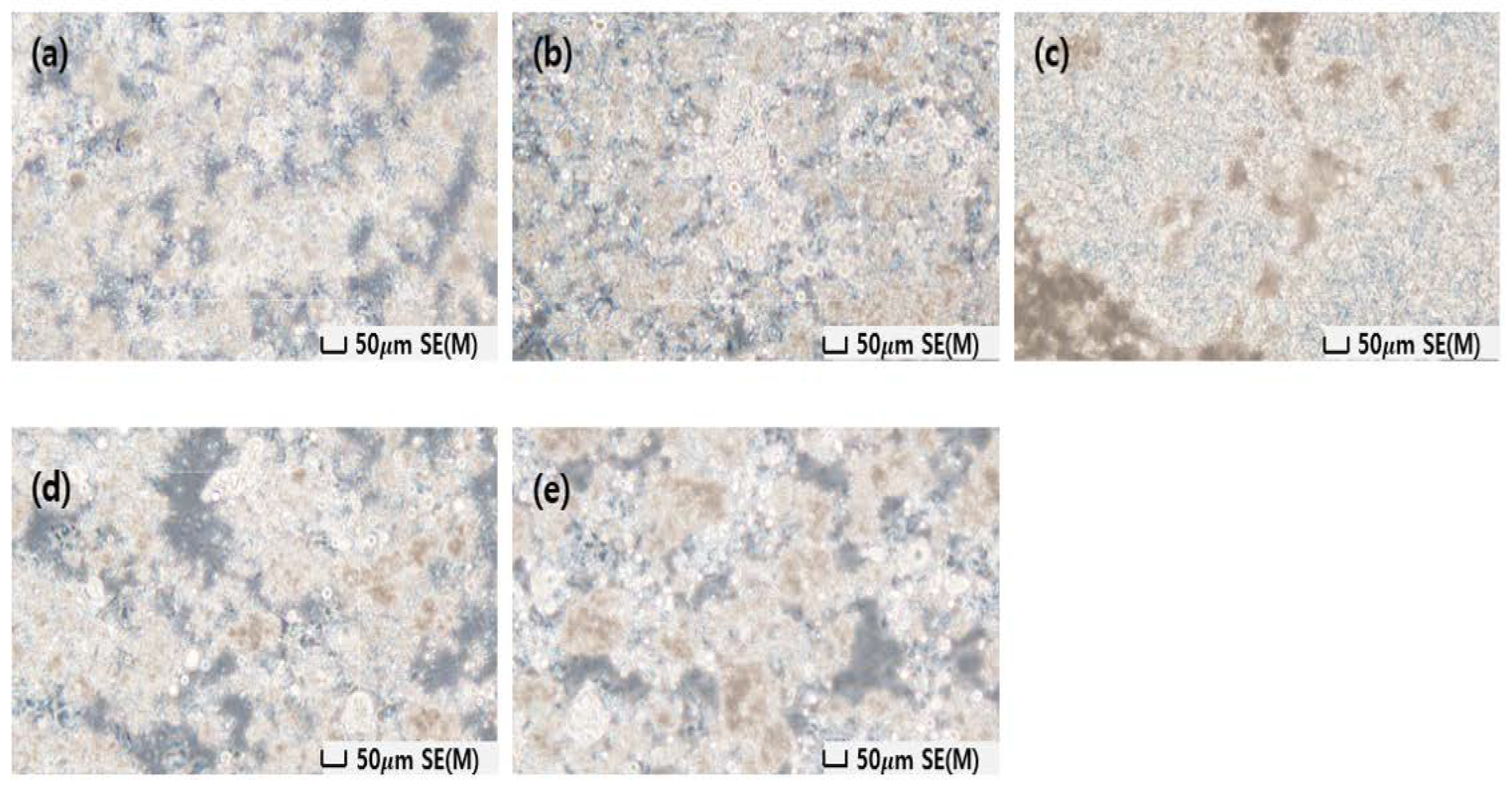
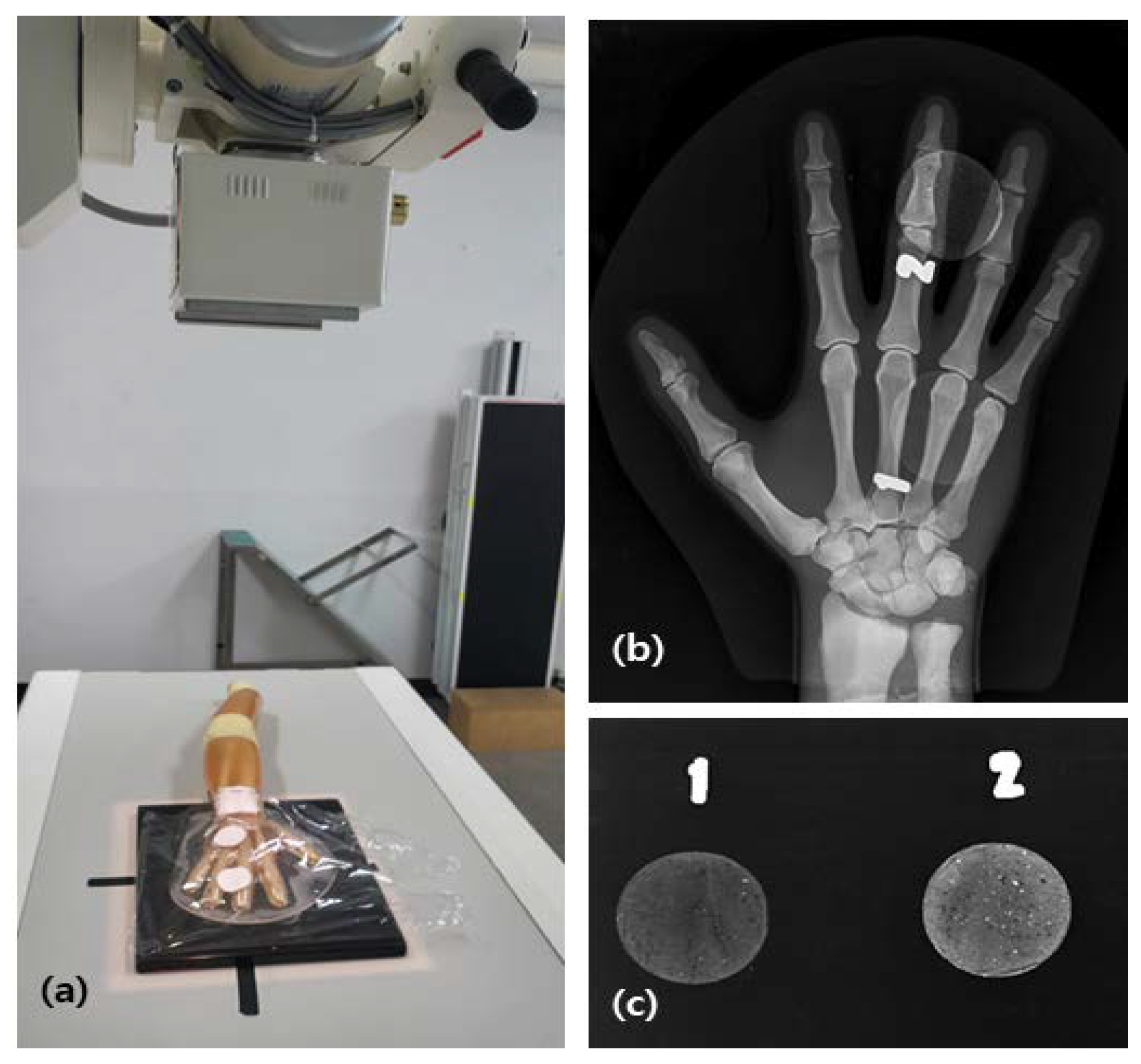
| Thick-Ness | 40 kVp | 60 kVp | 80 kVp | 100 kVp | 120 kVp | |||||
|---|---|---|---|---|---|---|---|---|---|---|
| A | B | A | B | A | B | A | B | A | B | |
| 0.5 | 13.7 | 12.2 | 12.6 | 11.4 | 11.1 | 10.5 | 9.9 | 9.5 | 8.6 | 8.5 |
| 0.8 | 22.0 | 19.4 | 18.0 | 16.8 | 16.5 | 15.9 | 15.1 | 14.5 | 13.9 | 13.7 |
| 1.0 | 23.9 | 22.0 | 23.1 | 20.6 | 18.3 | 17.2 | 17.9 | 17.5 | 17.4 | 16.6 |
| 2.0 | 52.4 | 48.9 | 48.8 | 45.8 | 44.2 | 41.6 | 42.1 | 40.3 | 40.1 | 37.8 |
| 3.0 | 70.1 | 63.5 | 66.9 | 60.7 | 58.4 | 56.5 | 55.4 | 54.9 | 47.4 | 51.5 |
Disclaimer/Publisher’s Note: The statements, opinions and data contained in all publications are solely those of the individual author(s) and contributor(s) and not of MDPI and/or the editor(s). MDPI and/or the editor(s) disclaim responsibility for any injury to people or property resulting from any ideas, methods, instructions or products referred to in the content. |
© 2023 by the author. Licensee MDPI, Basel, Switzerland. This article is an open access article distributed under the terms and conditions of the Creative Commons Attribution (CC BY) license (https://creativecommons.org/licenses/by/4.0/).
Share and Cite
Kim, S.-C. Performance Evaluation of Radiation-Shielding Materials and Process Technology for Manufacturing Skin Protection Cream. Materials 2023, 16, 3059. https://doi.org/10.3390/ma16083059
Kim S-C. Performance Evaluation of Radiation-Shielding Materials and Process Technology for Manufacturing Skin Protection Cream. Materials. 2023; 16(8):3059. https://doi.org/10.3390/ma16083059
Chicago/Turabian StyleKim, Seon-Chil. 2023. "Performance Evaluation of Radiation-Shielding Materials and Process Technology for Manufacturing Skin Protection Cream" Materials 16, no. 8: 3059. https://doi.org/10.3390/ma16083059





